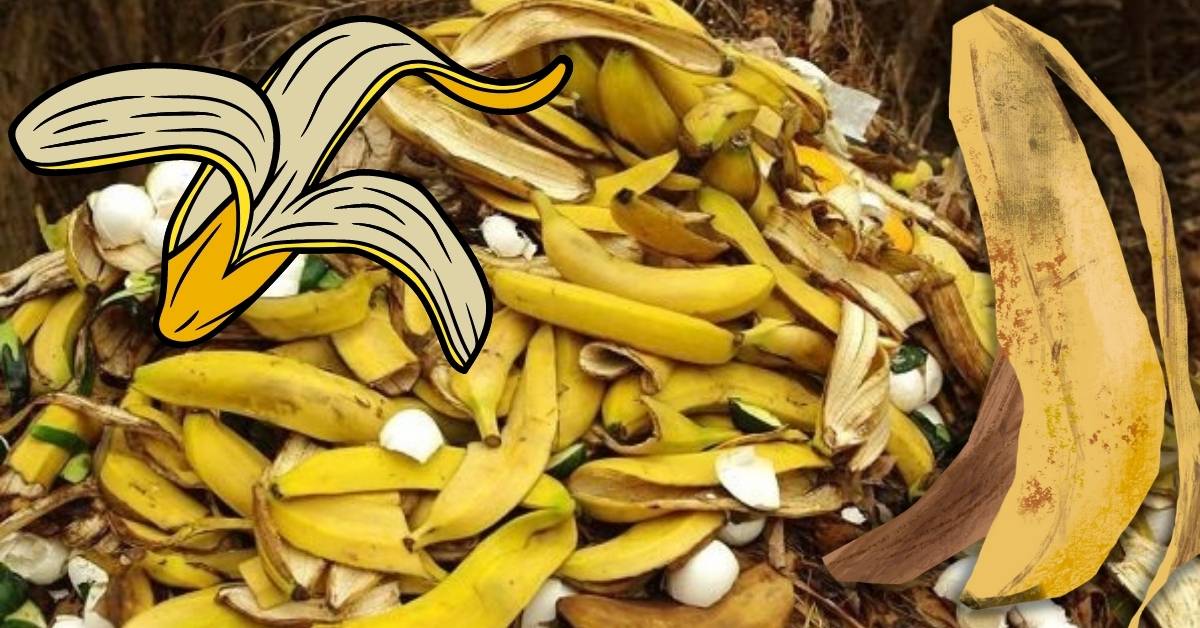When growing flowers, you can pour fermented banana peel water for flowers that like acidic soil. Still, only the water from fermented banana peels can be used for flowers. Unfermented banana peel water is insufficient in nutrients.
What is banana peel water good for?

Banana peels contain minerals and nutrients that may be used to fertilize crops. Potassium (K), a macronutrient found in banana peel water, aids plants in developing resistance to stress and pests. It also promotes healthy plant development.
However, the number of times watering the flowers with banana peel water should not be too frequent. It is best to dilute it with an appropriate amount of water every time you water the flowers with banana peel water to prevent the concentration from being too high.
Banana peel water is suitable for watering flowers
Some people use banana peel water to water flowers when growing flowers. Banana peel water is suitable for watering those plants. Usually, banana peel water can be used for watering flowers that prefer acidic soil, such as camellia, Milanese, and radish.
Usually, you cannot directly use banana peel water to water flowers. You need to ferment banana peels before watering flowers. Unfermented banana peel water has insufficient nutrients and will feel no different than regular watering.
Fermenting banana peels

When fermenting the banana peel water, put the banana peel in a sealed container.
If you want the banana peel water to ferment quickly, you can add some yogurt to the water before fermentation. Fermented banana peel water is rich in nutrients, so watering is very beneficial to plant growth.
Still, you need to dilute the fertilizer with an appropriate amount of water before each watering.
The root system of flowers is generally very fragile, and the plants cannot absorb fertilizers well if the concentration is increased directly; besides that, fertilizer damage is easy to occur.
For a normal fertilizing process, you need to choose the best method depending on the plant’s characteristics. You wouldn’t want to blind fertilize your lovely flowers.
In daily life, in addition to watering the flowers with banana peel water, you can also water the flowers with rice washing water. Still, no matter what water you pour on the flowers, you should not pour too much water each time.
When growing flowers that love acidic soil, you can water the plants with rice and banana peel water. When you grow flowers that prefer alkaline soil, it is best to water the plants with ordinary fertilizer.

Is banana peel water good for ALL plants?
Not for all the plants. Adding banana water to your plants may potentially be harmful to them. The macronutrients nitrogen, phosphorus, and potassium are required by the majority of plants, and this requires a balanced fertilizer.
If you just use banana water as a fertilizer, your plants will get the tiniest quantity of potassium and none of the other nutrients.
Is banana peel acidic or alkaline?
When used in high enough amounts, banana peels may alter the pH of soils due to their acidic pH of 9.91.
How often do you water tomatoes with banana water?
Use banana water to fertilize your tomatoes around once a week. It’s better to wait at least a week before doing it again to prevent overdosing.
Benefits of Potassium on Plants
An electrolyte and a mineral, potassium, carry electrical signals in the human body. This electrolyte transports water and carbohydrates in plants in a similar manner.
A macronutrient is one that plants consume in considerable amounts throughout their life cycle.
Nitrogen (N) and Phosphorus (P) are two more macronutrients that plants utilize (P). These three are the most important nutrients for plants, and they constitute the foundation of fertilizer manufacturing (NPK).
This is why, when purchasing fertilizer, each letter of the alphabet has a number attached to it that indicates how much of the nutrient is contained in the fertilizer.
(X-N, X-P, X-K)
Potassium helps Plants fight Pests and Diseases
With the aid of potassium, plants may become more resilient to the stresses of changing weather.
Drought, excess water, and extreme heat are more easily stomped out of the plants with depleted potassium levels. Nematode assaults, pests, and illnesses they are less able to withstand.
A plant’s resistance to fungal gnats, bacteria, and root rot may be improved by applying potassium to it.
Basically, it may increase a plant’s capacity to cope with over-watered situations, which can lead to the aforementioned issues.
Image credit: Youtube


